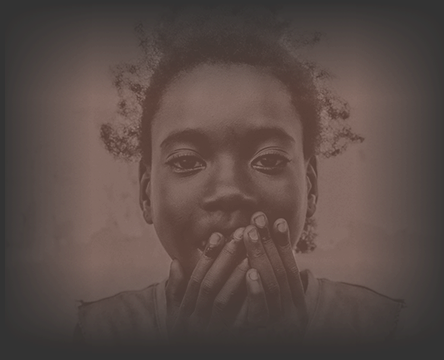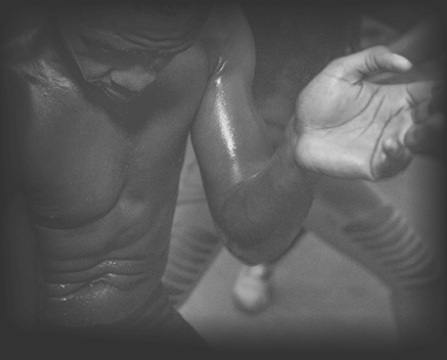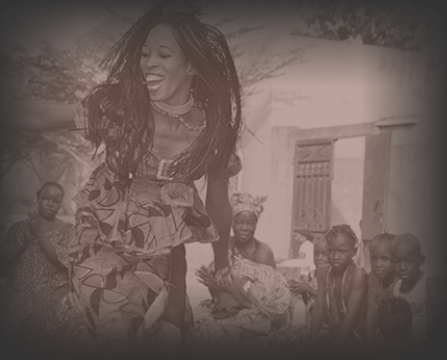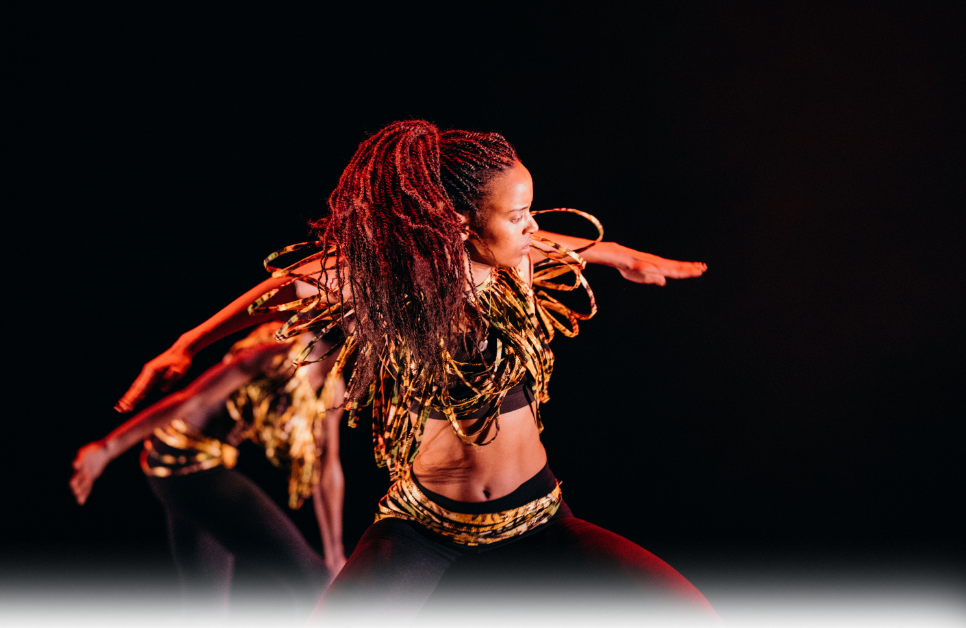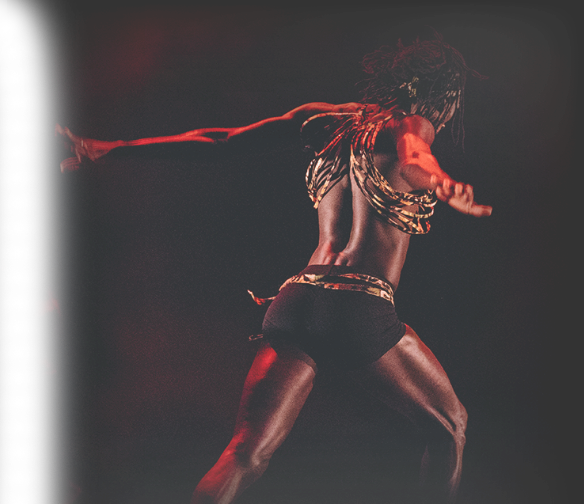
About
Movin’ Legacy is a nonprofit organization dedicated to archiving contemporary and traditional dance traditions
of Africa and the African diaspora. Award-winning choreographer, director, researcher and pedagogue Jeffrey
Page launched the organization in 2016 after devoting more than 20 years to laying the foundations for its work.
Today, Movin’ Legacy addresses the urgent need to document and safeguard the centuries-long evolution of
African and African diasporic performative traditions.
Our work centers on the idea that histories have been chronicled and stored within dance—and that researching,
archiving and spreading knowledge about these histories will empower people and cultures.


